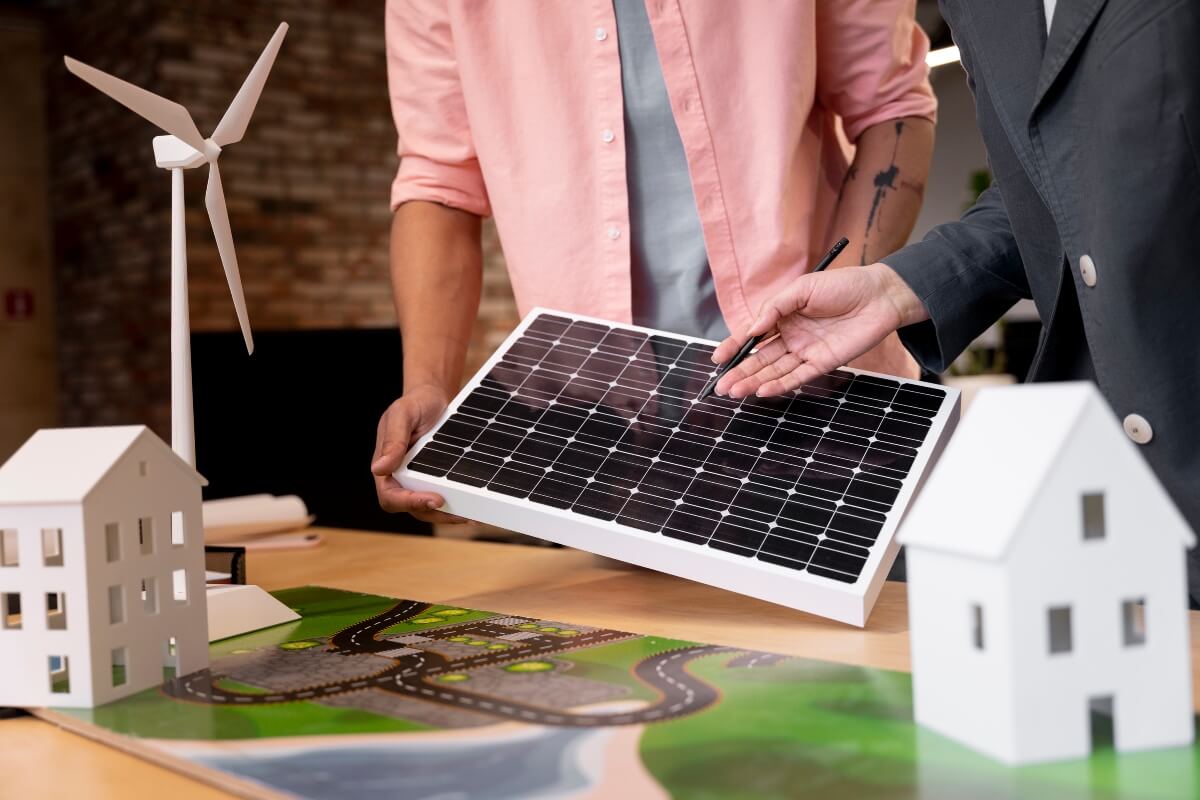In the realm of renewable energy, solar power stands as a dominant force, offering a sustainable and efficient way to generate electricity. As technology advances, two main options have emerged for homeowners: hybrid solar energy systems and grid-tied solar energy systems. Each comes with its own set of advantages and considerations. This blog will delve into the nuances of both systems to help you make an informed decision for your energy needs.
Understanding Grid-Tied Solar Energy Systems
Grid-tied solar energy systems are perhaps the most common choice for residential solar installations. These systems are directly connected to the local electrical grid, allowing homeowners to generate their own electricity while remaining connected to the utility company. Key points to consider include:
Simplicity and Affordability:
Grid-tied systems are typically easier and more cost-effective to install since they don’t require expensive battery storage. Excess electricity generated can be fed back into the grid for credits or compensation.
Reduced Energy Bills:
By generating your own electricity, you can offset your energy consumption from the grid, leading to lower electricity bills.
Net Metering:
Grid-tied systems often benefit from net metering, where you receive credit for excess electricity produced, effectively spinning your meter backward.
Dependency on Grid:
A downside is that you remain dependent on the grid, which means during grid outages, your solar panels won’t provide power either, unless you have a backup solution.
Exploring Hybrid Solar Energy Systems
Hybrid solar energy systems, also known as grid-interactive systems, combine the best of both worlds by incorporating battery storage. These systems allow you to store excess energy for use during times when the sun isn’t shining. Consider the following aspects:
Energy Independence
Hybrid systems provide a degree of energy independence. You can use stored energy during grid outages or at night, reducing reliance on the utility company.
Maximized Self-Consumption:
Excess energy generated during the day is stored in batteries for later use, maximizing the amount of self-generated energy you consume.
Higher Initial Costs:
The inclusion of battery storage makes hybrid systems more expensive upfront. However, they can offer savings over time by reducing peak-hour energy consumption.
Complexity of Maintenance:
Battery maintenance and replacement are additional considerations. Batteries have a limited lifespan and require proper care to ensure longevity.
Making the Decision: Factors to Consider
When choosing between a hybrid and grid-tied solar system, several factors come into play:
Energy Needs:
Evaluate your daily energy consumption and the extent to which you want to reduce reliance on the grid.
Budget:
Determine how much you’re willing to invest upfront and whether the long-term savings of a hybrid system make sense for you.
Location and Grid Reliability:
Consider the frequency of power outages in your area. If the grid is unreliable, a hybrid system might provide more value.
Environmental Impact:
Assess the environmental benefits of each system. A hybrid system with battery storage can reduce carbon emissions further.
Conclusion
Both hybrid and grid-tied solar energy systems offer compelling benefits for homeowners looking to harness solar power. Your choice will ultimately depend on factors such as budget, energy needs, and your desire for energy independence. Whichever system you opt for, taking the leap into solar energy marks a significant step towards a more sustainable and eco-friendly future.

